A display font, also known as a display typeface, serves its purpose in captivating design elements. It’s crafted for titles, headings, and eye-catching elements, rather than lengthy body text. Ideal for making a visual impact!
Now, let’s take a deeper dive into the display font usage.
Purpose of Display Fonts
Display fonts are designed to grab people’s attention with their striking and expressive visual styles. Unlike text fonts used for reading, display fonts are meant to be used sparingly to add impact to headings, logos, posters, and other large, attention-grabbing text. They serve a variety of design purposes across branding, advertising, web design, and more.
Branding
Like a logo etched on the Hollywood Walk of Fame, display fonts leave an indelible branding mark making companies stars in their industries.
- Logo design: Display fonts embed brands into consumer memory banks with logos that make an instant visual impression.
- Recognition: Their unique aesthetics make display fonts ideal for distinguishing brand identities in busy competitive environments.
Advertising
Display fonts direct attention in advertising and marketing materials. Viewers naturally fixate on typographic divas.
- Draws Focus: On posters, billboards, and brochures, display fonts dial-up important text so audiences take notice.
- Artistry: Their expressive flair also raises overall artistic impact to make messaging even more magnetic.
Web Design
The web demands legible content. But display fonts add artistry and accent crucial info.
- Aesthetic Appeal: Used strategically in banners, titles, and headers, display fonts make ordinary websites extraordinary.
- Functionality: Paired with simple text fonts, display fonts balance beautiful form and readable function.
Challenges of Display Fonts
As eye-catching as display fonts are, they also come with some built-in challenges that designers should keep in mind. Thoughtful font selections and careful implementation are key to maximizing their visual punch without compromising readability or suitability.
Limited Readability
While display fonts add spice, too much hurts readability:
- Body Text: Display fonts lack the clarity required for extended reading. Using them for long passages fatigues the eyes. They’re best in short texts.
- Font Size: Intricate display font details also get lost at smaller sizes. Their artistic touches shine when set generously.
Contextual Suitability
Display fonts also demand deliberate stylistic choices:
- Intended Use: The funkiest display font won’t work for a financial company’s annual report. Usage should match communication goals.
- Target Audience: Also, font selections need to resonate with those receiving the messages to ensure clarity. What captivates teens may puzzle seniors.
By keeping these limitations and contextual needs around readability and stylistic suitability in mind, designers can tap into the power of display fonts without undermining messaging. Proper implementation unlocks their potential.
Final Words: Wrapping Up
When applied thoughtfully, display fonts enrich the design. Their unrestrained flair spotlights what matters most. Yet, with great panache comes care in execution.
To leverage their power, remember display fonts play a supporting role. Let them dazzle strategically while text fonts maintain clarity. Plus, wisely match styles and personalities to intended messages and audiences.
Keeping context in mind, display fonts help brand dazzle, captivate advertising, and pop web design. Their bravado directs focus, makes ordinary extraordinary, and grants typography a starring role.
But with discipline, display fonts stay flat. The most effective presentations understand we read with our eyes first. Help audiences lock eyes on what counts by showcasing display fonts fittingly.
Do so, and be prepared for the design ovations when your display font usage takes center stage!
What is the easiest way to install this font on my device?
There’s no reason to be worried. Please follow our directions.
You may also find out more about typography and how it is classified from here.
Please do not hesitate to contact me if you have any questions. Thank you very much!

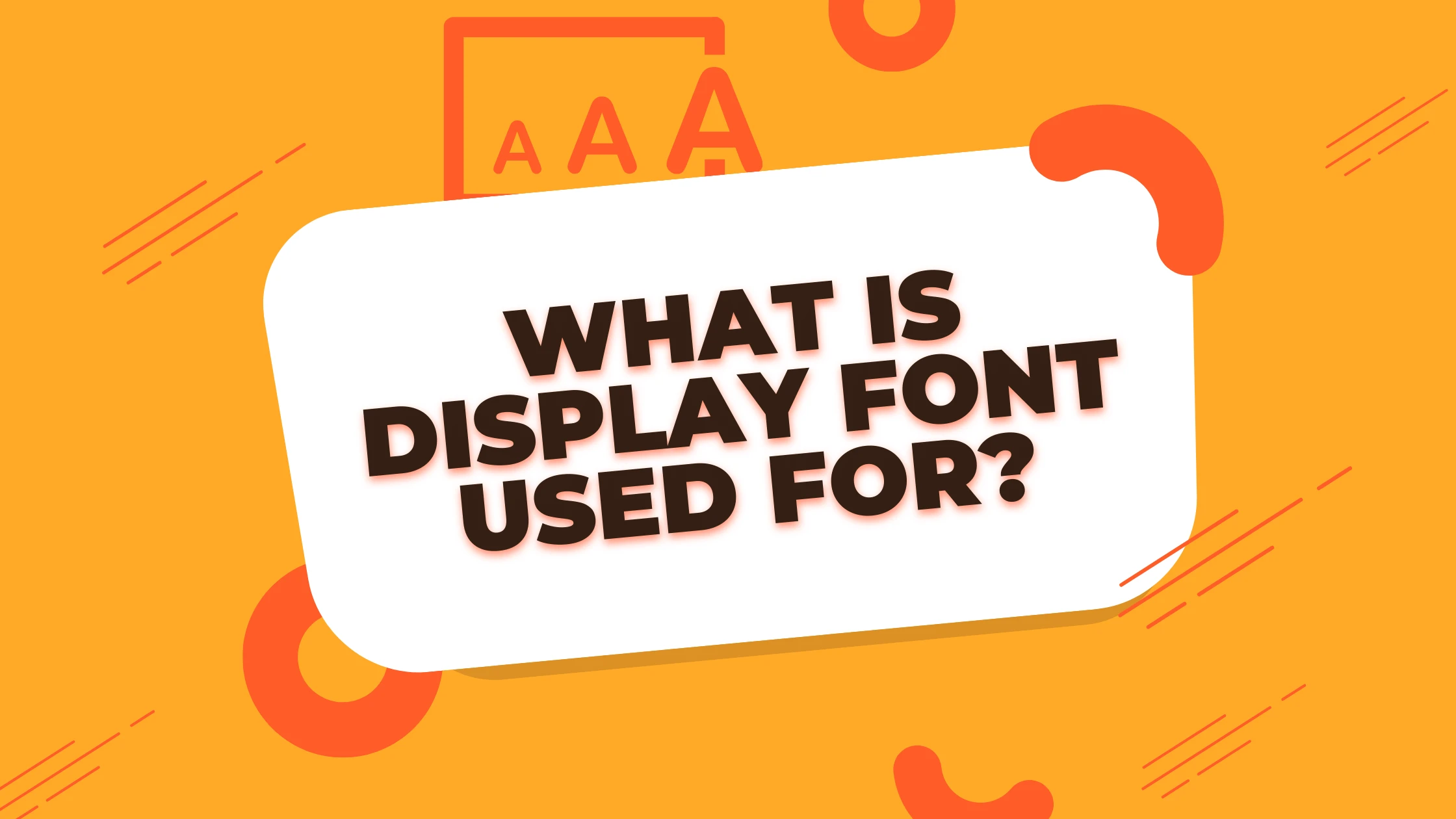

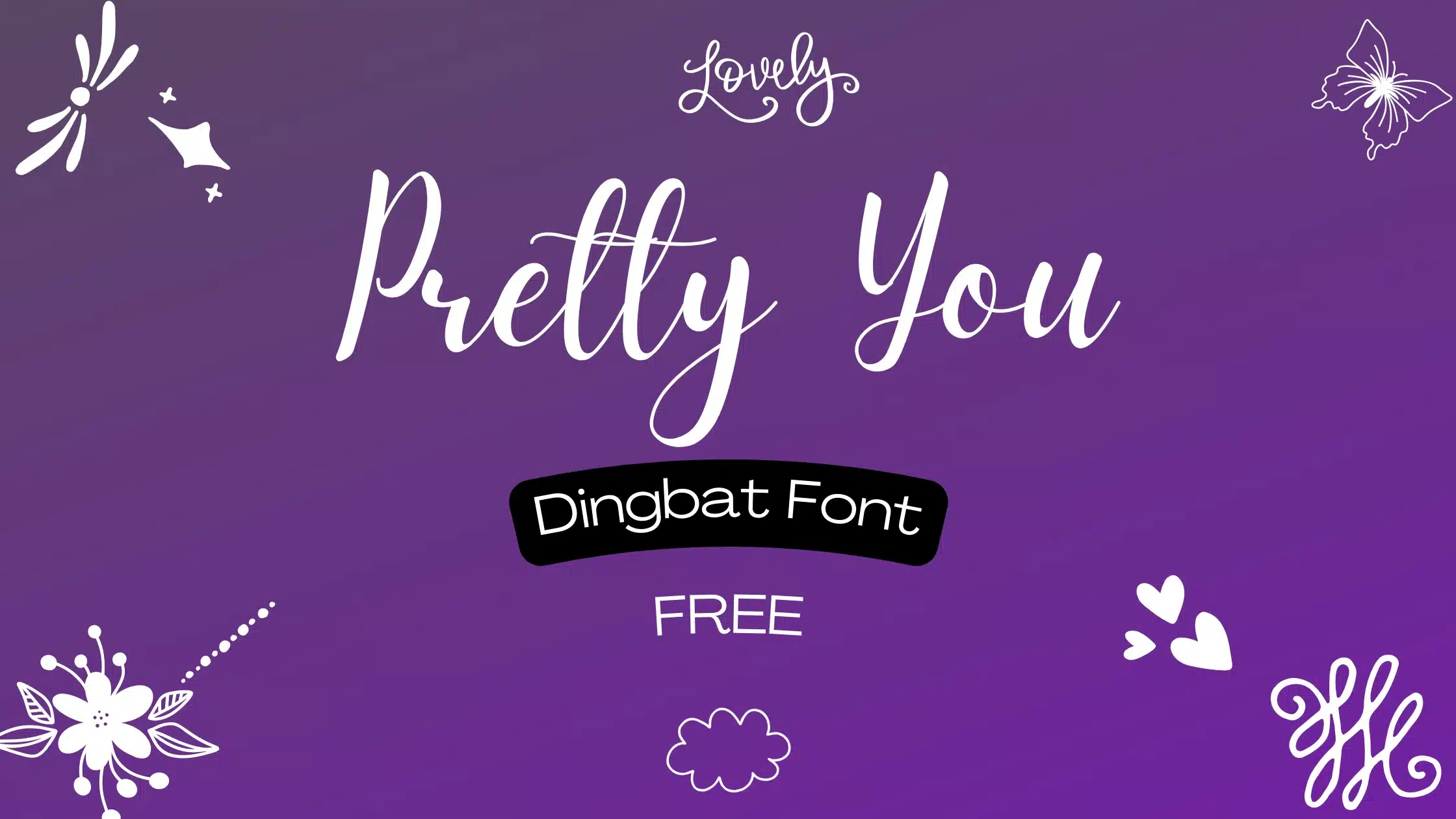
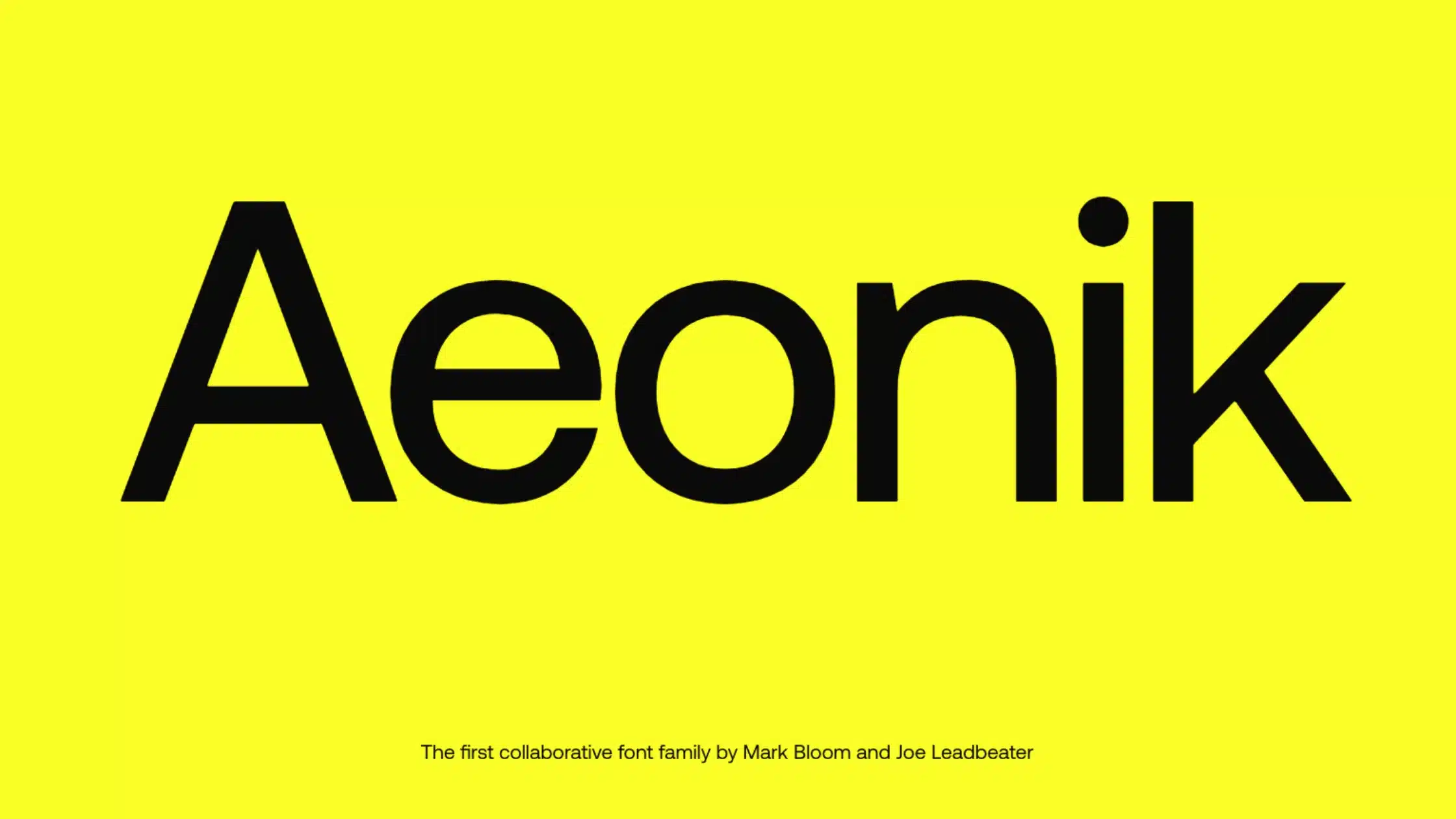

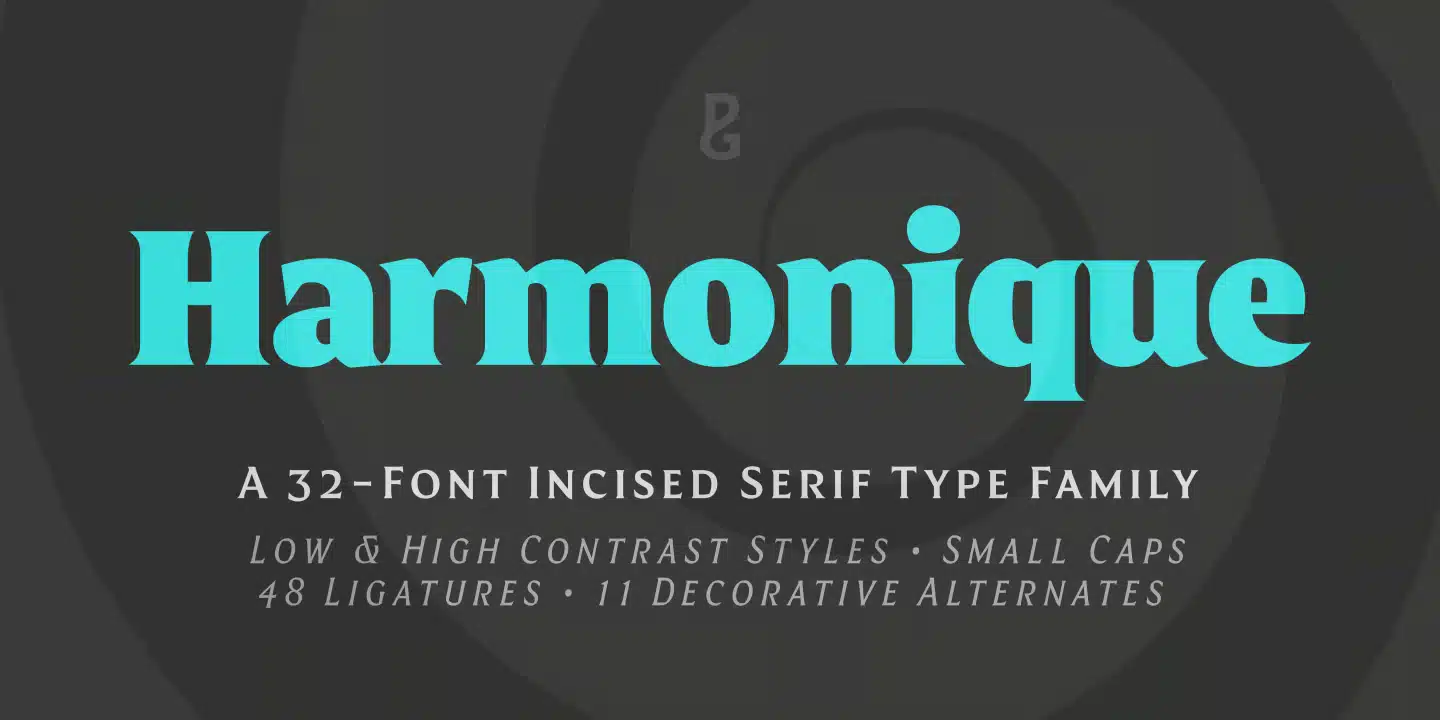

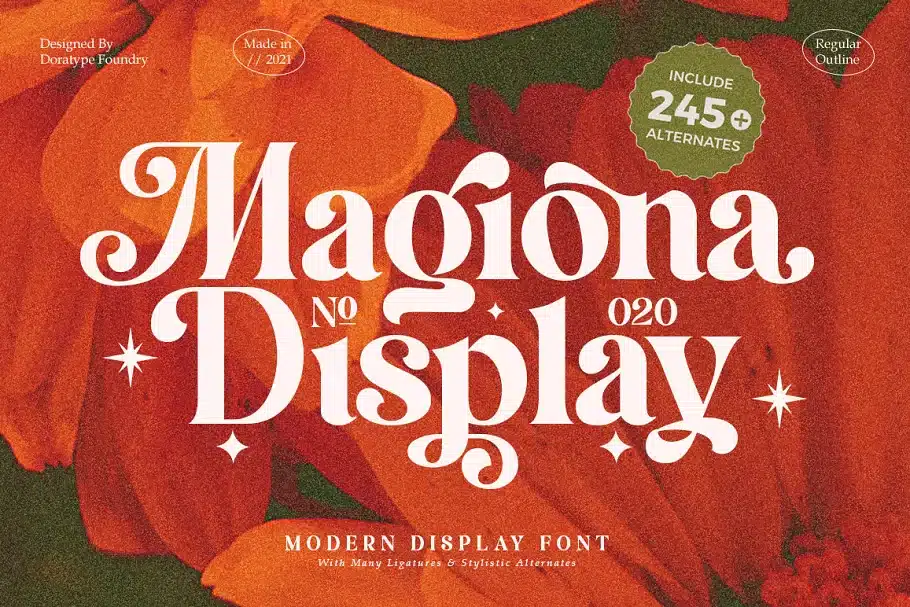
Leave a Reply